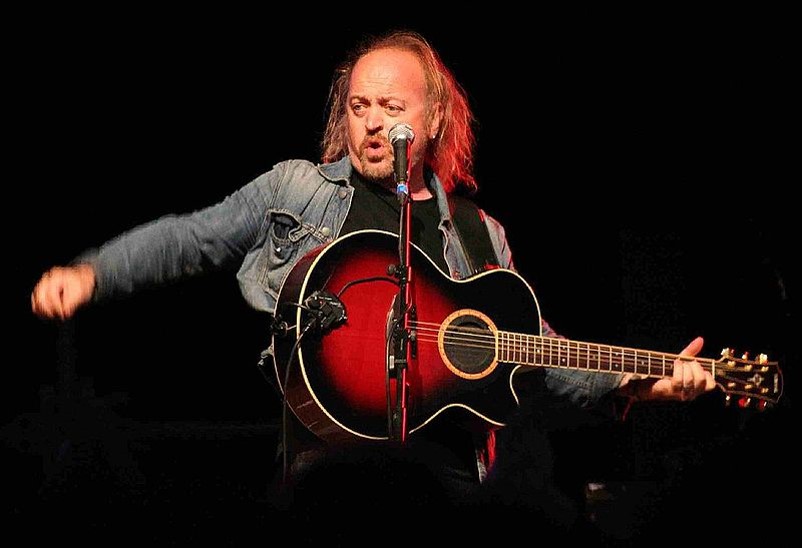Here are a few excerpts from my 3MT presentation I gave at the Lancaster University Postgraduate Research Conference 2018 and The UK National Competition.
Imagine a small child playing in the garden with a magnifying glass trying to make fire. They use the suns high energy beams and direct it to try and kill weeds, hopefully avoiding the healthy flowers. Radiotherapy works in a similar way. High intensity beams of energy are focused on the cancerous cells to kill them while trying to damage the surrounding healthy cells as little as possible. For this to be delivered to the patient a treatment plan is made. This determines how much radiation to deliver over how many sessions and where to aim. Each plan must meet certain targets to ensure the treatment success. My research is concerned with whether the treatment plans can be improved. If we changed something by a small amount would the resulting treatment be better for the patient? What if the patient moves a little and the beam doesn’t go quite where expected? Or the patient has drunk more the previous day so there bladder is a little bigger? All of these and many more introduce uncertainty into the plan. Can we identify plans that could potentially improve? Can we account for some of the uncertainty? Yes we believe we can.
We have prostate cancer plans from Rosemere Cancer Centre, Royal Preston Hospital. From these we extract numerical data on the amount of radiation and where it is being delivered to. We can then compare this to the past plans to see if we have done better beforehand. We identified 8 plans we believed could be improved. Preston then re-planned these and we improved rectal sparing by up to 18%. That’s an 18% improvement to our healthy cells. We now need to refine the method so we can apply it to other cancer types. Why is this important?
Prostate cancer is one of the easier cancers to treat and we’ve seen an increase in survival rate from 25% to 84% in the last 40 years. We now hope to use data from other hospitals to look at head and neck tumours this is particularly important as the survival rate for some head and neck cancers is still only 19%.
